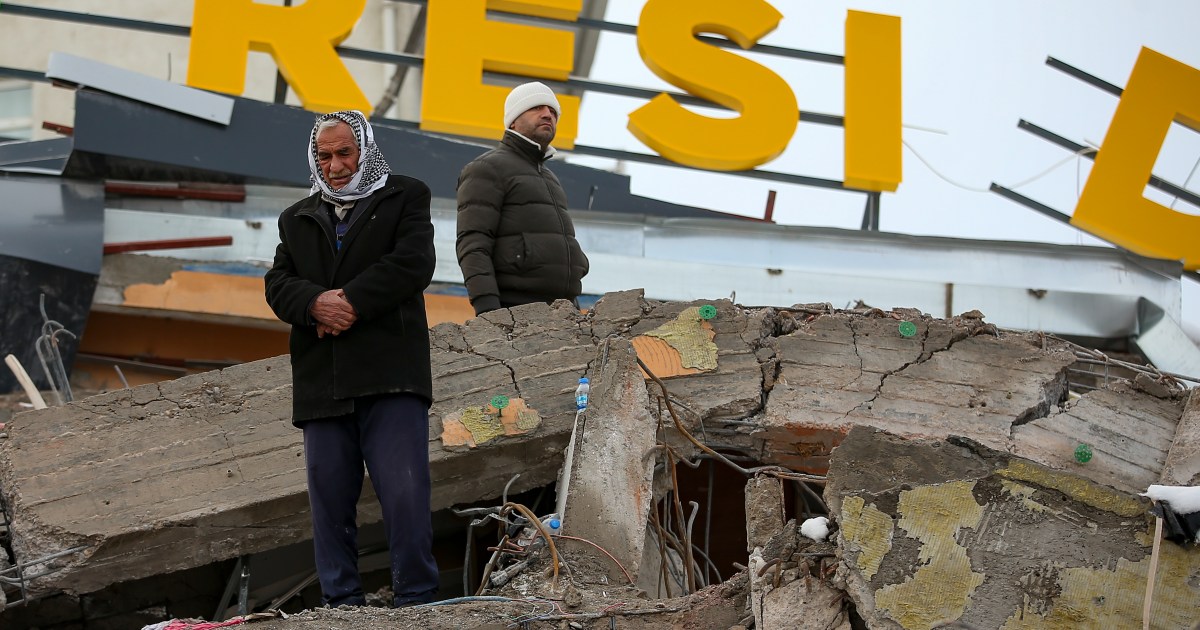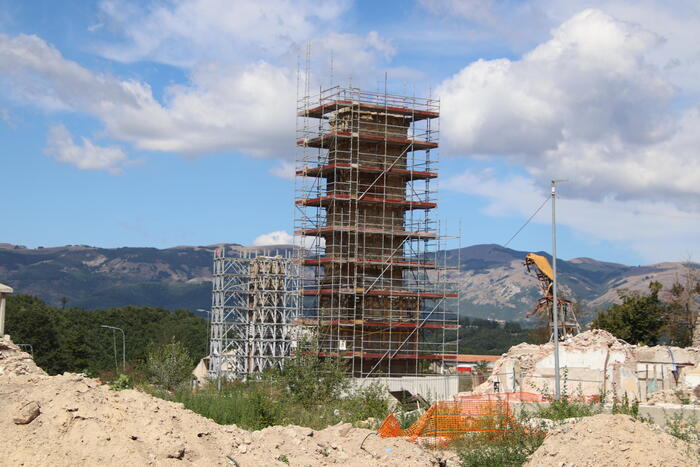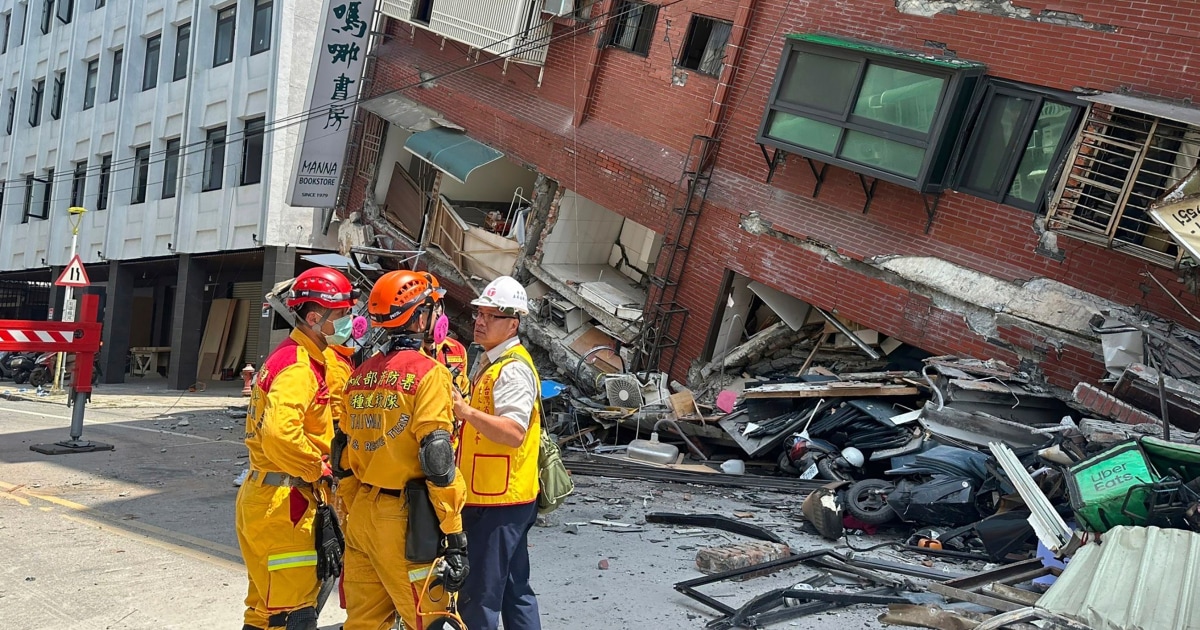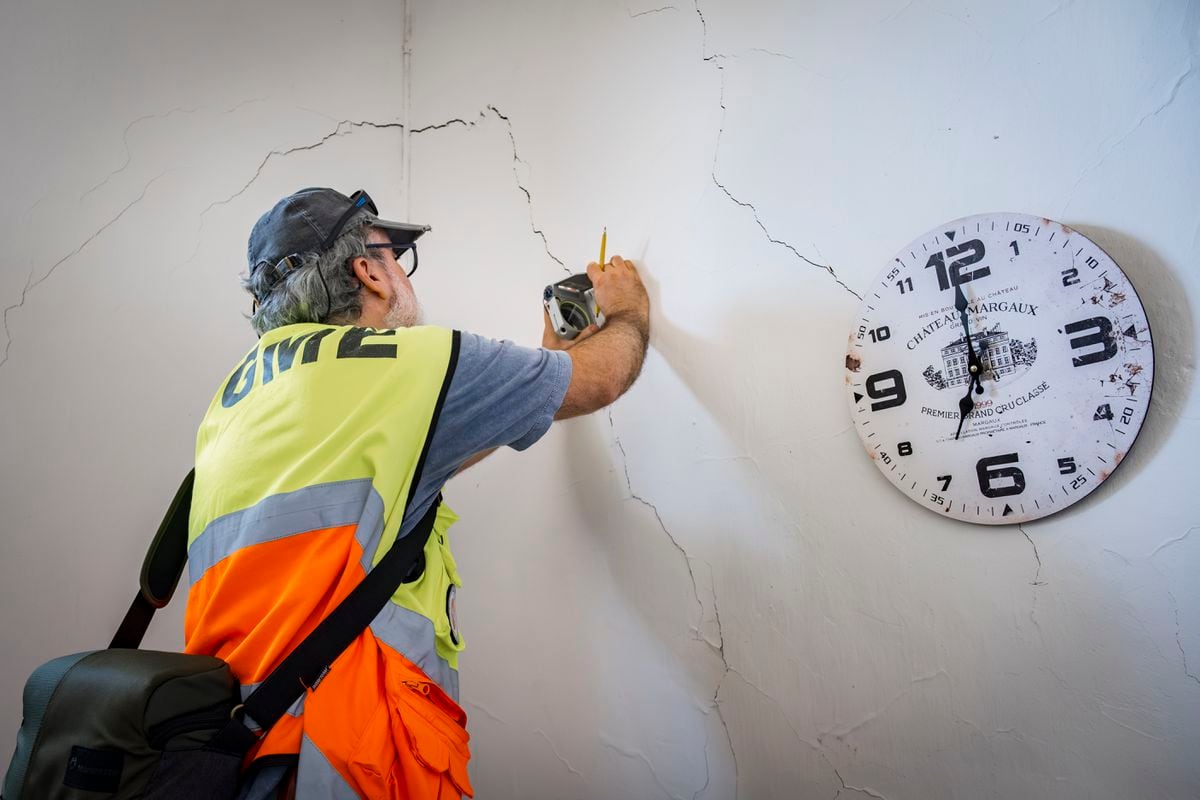Gerardo de Vicente Muñoz -
The Conversation
Two earthquakes of magnitude 7.8 and 7.5 on the Richter scale shook Turkey and Syria last Monday.
The earthquakes have resulted in more than 11,000 deaths and thousands of injuries.
Faced with such a catastrophe, one might ask once again why, given the technology we have, these types of phenomena continue to catch us off guard.
Unfortunately, not everything is predictable in science.
In general, the future is not predictable.
You cannot accurately predict the weather beyond a week, nor can you predict earthquakes.
And this is not the fault of meteorologists or geologists.
Let's remember Heisemberg's uncertainty principle: either we know the speed of an electron, or its position.
You can't do both things at the same time.
The critical zones of the Mediterranean basin
Geologists have very well mapped the faults –fractures in the earth's crust produced by a displacement between two blocks of rock– that are going to cause major earthquakes.
The maximum earthquake magnitude that a fault can generate depends on its length.
In Europe and the Mediterranean basin, the longest-striking fault is the North Anatolian fault, similar to the San Andreas fault in California.
The northern and eastern Anatolian ones, along with the Jordan one, are strike faults (tears).
[They record the miraculous rescue of a baby: her mother gave birth before dying in the rubble of the earthquake in Turkey and Syria]
In the Aegean, seismic activity is very notable and is associated with normal (extensive) faults, while the largest magnitude earthquakes should occur in subduction zones (Crete-Cyprus, Calabria) or protosubduction, such as in the Tell Mountains to the north. Algeria, where an earthquake of magnitude 7.3 occurred in 1980 in the city of El Asnam.
Each country has its seismic monitoring network, although there is a service at the European-Mediterranean level in Switzerland, the Euro-Mediterranean Seismological Center (CSEM).
In Spain, the responsible entity is the National Geographic Institute.
These systems locate earthquakes in real time and, for those of greater magnitude, obtain how the associated fault moves.
Earthquakes registered on February 6, 2023.CSEM
a matter of probability
We know that earthquakes are going to happen in these areas, but we cannot determine when.
Attempts to predict earthquakes from geodetic methods do not work.
They can determine where strains are accumulating, but not when failure will occur.
The rate of occurrence of earthquakes is not periodic.
In Sumatra there have been tsunamis every 80 years in the last 800 years, but before that there was a period of 1,000 years without them.
[Earthquake exacerbates suffering of displaced Syrians]
The weather and the occurrence of earthquakes are the product of chaotic dynamic systems and, therefore, the degree of predictability is low or very low.
It's not about us having more powerful computers or better algorithms.
Chaotic dynamical systems are very unpredictable.
On video: A boy trapped in rubble in Syria drinks from a water stopper
Feb 8, 202300:25
In the southwest of the Iberian Peninsula there was a huge earthquake and tsunami in 1755, when the great Lisbon earthquake took place.
Will it happen again?
Sure.
When?
Tomorrow or 1,000 years from now.
The only possible approximation is probabilistic.
For example, there is a 50% probability that a tsunami that will devastate Matalascañas will occur again.
But what does that mean?
Well, it is the same as saying that in a football match between Real Madrid and Leganés, the probability that the former wins is 60%, that it draws is 20% and that it loses is 20%.
No one can get rich from that kind of analysis.
Leganés has won on occasion.
The Turkish plate, shot towards Greece
But let's go to Turkey.
We geologists know why it happened.
The African, Arabian and Indian plates are approaching, in a north-south direction, that of Eurasia.
The result is the formation of the Himalayas, the Caucasus Mountains, the Zagros, and the subduction zone south of Crete.
This shortening produces the tectonic “escape” of the Turkish block to the west, in favor of two large strike faults: the north Anatolian fault, lateral to the right (the block limiting the fault moves to the right), and the eastern fault. from Anatolia, left lateral (the block limiting the fault moves to the left).
["Dad is here, don't be afraid." Exciting rescue of a girl buried under the rubble by the earthquake in Turkey and Syria]
The tectonic breakout is like the “pimple effect”.
If we squeeze one with our fingers in a direction parallel to a mirror, its interior shoots out perpendicularly towards the mirror.
In this case, the “fingers” are Eurasia and Arabia, and the “shin” is the Turkish block (Anatolian plate), which shoots west towards Greece to the subduction zone of Crete and Cyprus.
In this case, and given the magnitude of the quake, the entire eastern Anatolian fault line has ruptured, helping to push Turkey westward.
And what can we do then?
For me, the most sensible thing is to build buildings and infrastructure that can withstand earthquakes.
It not so expensive.
Not as much as the thousands of deaths that have occurred in Turkey and Syria, or those that will be in Lisbon, Huelva or Granada.
When?
Well, maybe tomorrow.








